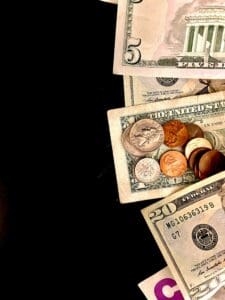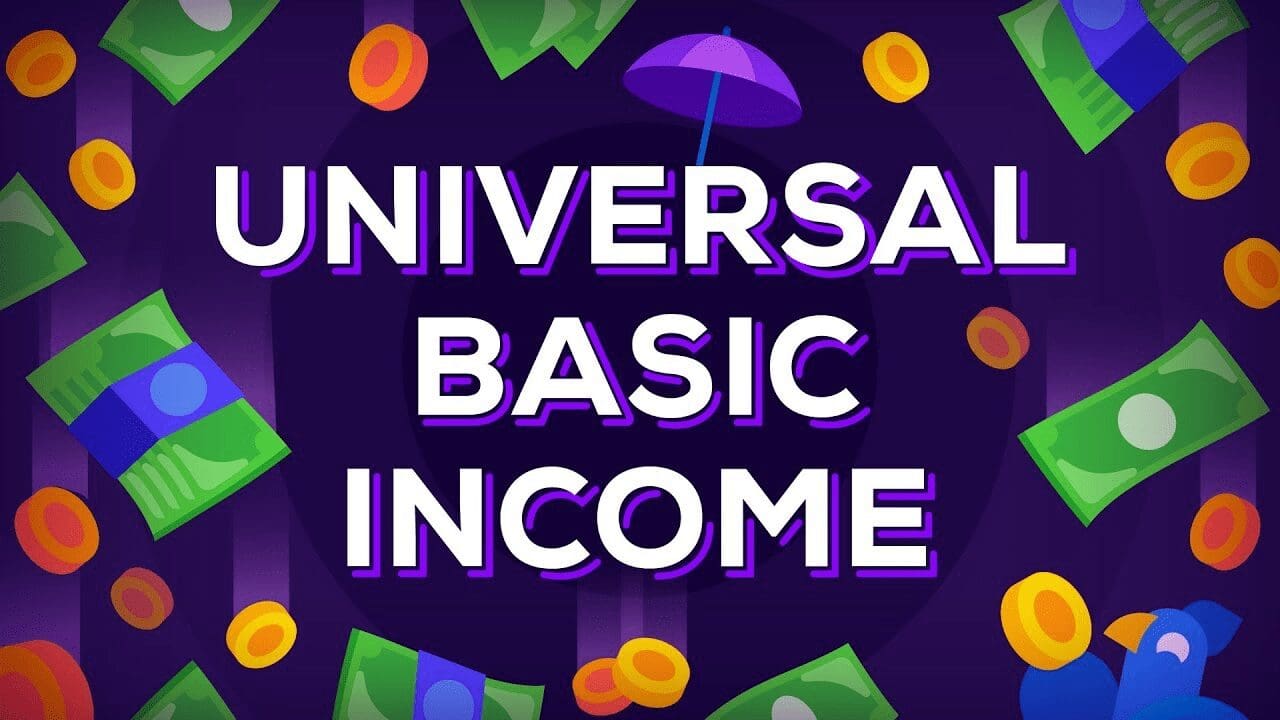An analysis from the Urban Institute shows that overall, the extra $5,500 provided short-term financial stability and peace of mind to hundreds of D.C. households.
By: Ally Schweitzer Original Post: https://dcist.com/story/22/02/24/thrive-basic-income-program-provided-stability/
Fueled by funds from the American Rescue Plan Act, governments across the country are trying out “basic income” programs that send cash to low-income families, with no restrictions on how the money is spent. But a similar program was already underway in D.C. months before Congress passed the 2021 relief bill.
That program was called THRIVE East of the River, an effort by four community-based organizations to get money into the hands of low-income residents as the pandemic forced people out of work. Inspired by a cash transfer program that local nonprofit Martha’s Table debuted at the start of the health crisis, THRIVE tapped $4.43 million in philanthropic dollars to provide $5,500 in cash — either in a lump sum or monthly installments — to 590 families east of the Anacostia River between July 2020 and January 2022.
Now a new report is shedding light on where the program succeeded — and where it faced significant challenges.
An analysis from the Urban Institute shows that overall, the extra $5,500 provided short-term financial stability and peace of mind to hundreds of D.C. households during the health emergency. Many said their mental health improved, they didn’t have to tap their savings as often to cover everyday expenses, and they worried less about having enough food to feed their families.
Before the grant money kicked in, more than a third of participants said they “sometimes” or “often” didn’t have enough to eat. Afterward, the percentage dropped to 19%.
The money also empowered families to buy food they actually like, says Mary Bogle, a principal research associate with the Urban Institute. THRIVE offered free groceries that participants could pick up each week, but many families chose instead to buy food they selected themselves, from stores of their choosing, on their own schedule — a luxury for families accustomed to eating food covered by SNAP benefits or supplied by local pantries.
“For family and mental health reasons, they wanted to pick out the foods of their choice. If you’re getting food from a [pantry] box, that’s what people want to give you,” Bogle says. “Even though we know that the food [the program was] giving out was very nutritious, it still wasn’t necessarily what a family would want for their kids.”
That basic freedom — to use the money however they saw fit — provided families with a level of respect and dignity that is hard to find among traditional benefit programs that limit the purchases recipients can make, Bogle adds.
“My personal hypothesis is the mental health went up because of the way people were treated,” the researcher says. “Often when you’re asking for help from [public benefit] systems, the way we deliver help, particularly in the U.S., people are made to feel ashamed. And in the middle of a health emergency, where everyone is having mental health problems, why should we lay it on one group over another?”
Recipients also used the cash to cover transportation costs, pay down debt, invest in their small businesses, and cover their children’s medical expenses or child care. Close to 70% of participants said there had been a time when they couldn’t afford child care or pediatric medical expenses before the program began. After the money went out, the share declined to 36%, the report says.

Deborah, a THRIVE participant who lives in Ward 8, says she prioritized catching up on her utility bills. Once she took care of that, she found dozens of little ways to put the money to good use. (WAMU/DCist is withholding Deborah’s last name to protect her privacy.)
“I bought food, I bought toiletries and household items, I stocked up on sanitizers and masks, I was able to do some car repairs, I made a contribution to my church, I made some donations to my family… and I did gift some money to a few homeless people I saw along the way,” Deborah says. “I just wanted them to be able to enjoy a breakfast or a cup of coffee.”
The mother of two says she also helped family members pay for obituaries and funerals. She knows dozens of people who died of COVID-19 over the last two years.
“The pandemic — it did a wave and wiped out a lot of my family, as well as a lot of my friends,” she says.
But while participants like Deborah stretched the money as far as they could, the Urban Institute’s findings suggest that even $5,500 in cash is no match for D.C.’s notoriously high housing costs. More than half of THRIVE participants said they spent all, almost all, or “a lot” of their grant money on housing expenses, typically rent. (Eighty three percent of THRIVE participants rent their homes.) Even after receiving the money, most families said they continued to worry about making rent or being evicted.
“You can get a two-bedroom apartment [east of the river] for $1,200 to $1,600 these days,” Bogle says. “So $5,500, in a long pandemic, isn’t going to go that far.”
The program also raised issues for residents who receive other public benefits, such as Medicaid or Temporary Assistance for Needy Families. Many safety net programs have strict rules about how much income beneficiaries can earn, and exceeding a certain amount can cause them to lose benefits. That was a major source of anxiety for THRIVE participants, 95% of whom receive some kind of public assistance, according to the report.
The saving grace was that many safety net programs were effectively barred from canceling benefits during the health crisis, says Urban Institute research associate Fay Walker.
“If this were a program administered outside of the pandemic, it would be incredibly difficult to make sure that people received cash but also continued to receive other benefits,” Walker says.
“No one wants to give folks cash to help them, and then find out you actually hurt them,” Bogle adds.
The researchers say their analysis of THRIVE provides important lessons for other organizations or governments considering their own basic income programs. Contrary to long-held stereotypes about poor people who misuse money, THRIVE participants didn’t fritter away the cash on temptation goods, Bogle says. Across the board, recipients made rational financial decisions.
“What THRIVE gives you is a window into the choices that people would make if they didn’t have all these safety net caps on them,” Bogle says.
The concept of a basic income for needy people isn’t new, but it has taken off in the wake of the health emergency. Montgomery County, the city of Alexandria, and Arlington County launched basic income pilot programs during the pandemic using federal relief money. In D.C., Mayor Muriel Bowser recently announced a new $1.5 million cash transfer pilot program for new and expectant mothers called Strong Families, Strong Future D.C. The D.C. Council also approved a tax increase last year that will help beef up the city’s Earned Income Tax Credit, an important income supplement for the city’s working poor.
Bogle says programs like these could begin to chip away at the stubborn public perception that poor people can’t be trusted to make sound financial decisions.
“It might help the American public realize that there’s no judgment needed here. We want folks to have a stable foundation out of poverty, and to be able to live the American dream,” she says.


















